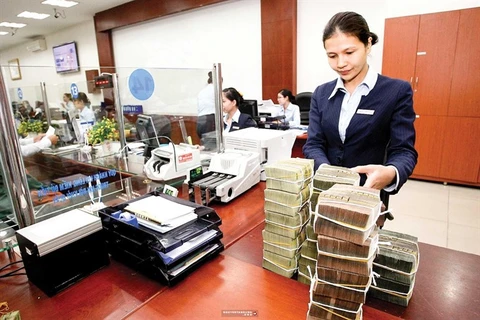Hanoi (VNA) – Moody’s Investor Services projected Vietnam’s annual GDP growth to stay at around 6.4 percent during the 2018-2022 period in its latest report issued on August 10.
Moody’s estimates that Vietnam’s growth potential is strong, at around 6.5 percent, supported by the increasingly efficient use of labour and capital in the economy. The country’s economic strength combines high growth and high competitiveness as shown in the economy’s ongoing shift towards high value-added sectors.
With an average GDP growth rate of over 6 percent over the past decade, Vietnam has climbed up the manufacturing value chain over only a short span of time, gaining competitiveness in the assembly of higher value-added electronic products (such as smartphones) while continuing to retain its comparative advantage in the export of labour-intensive goods (such as textiles and garments). Rising competitiveness and further transition towards higher value-added industrial activity will support growth at high levels in the medium term, the firm said.
Moody’s has upgraded the Government of Vietnam’s long-term issuer and senior unsecured ratings from B1 to Ba3 and changed the outlook from positive to stable.
According to the company, a long average maturity of government debt and a diminishing reliance on foreign-currency debt point to a stable and gradually moderating government debt burden, particularly if strong growth is sustained over time. The structure of Vietnam's government debt also limits susceptibility to financial shocks. The upgrade also reflects improvements in the health of the banking sector that Moody's expects to be maintained, albeit from relatively weak levels.
The firm has also raised Vietnam’s long-term foreign currency (FC) bond ceiling from Ba2 to Ba1, and its long-term FC deposit ceiling from B2 to B1.
Moody's Investors Service is a leading provider of credit ratings, research, and risk analysis. The firm's ratings and analysis track debts covering more than 135 sovereign nations, approximately 5,000 non-financial corporate issuers, 4,000 financial institutions issuers, 18,000 public finance issuers, 11,000 structured finance transactions, and 1,000 infrastructure and project finance issuers. –VNA
VNA

























